This set of Chemical Reaction Engineering Multiple Choice Questions & Answers focuses on “Non Ideal Flow Basics – RTD for Combination of Reactors”.
1. If tp is the time spent in the PFR and tm is the time spent in the CSTR, then which is the plot of RTD for a PFR followed by CSTR?
a) 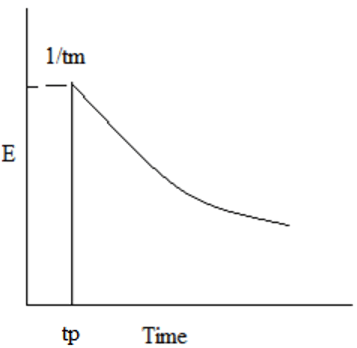
b) 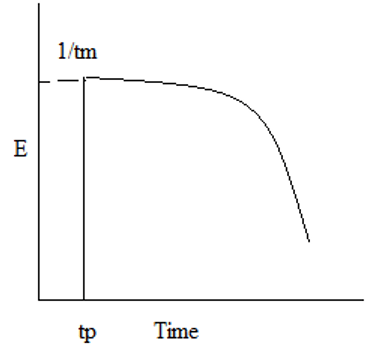
c) 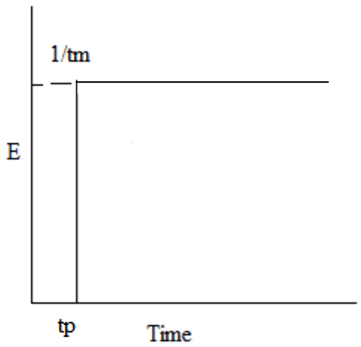
d) 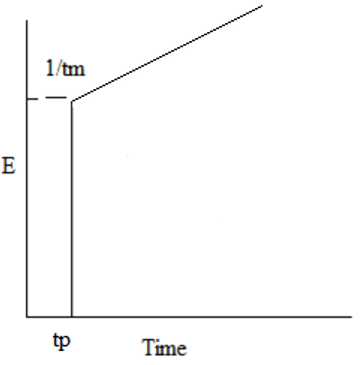
View Answer
Explanation: As there is a PFR just before the CSTR, exit of CSTR is delayed by tp. The curved portion is an exponential function.
2. State true or false.
A corner peak in the E(t) indicates bypassing of reactants.
a) True
b) False
View Answer
Explanation: Corner peak is an identification of reactor bypassing. It is because the reactants bypassed appear on the reactor outlet as soon as they are fed in.
3. If the residence time obtained for a reactor by the RTD experiments is less than that expected, it indicates the presence of ____
a) CSTR
b) PFR
c) Bubbling bed reactor
d) Dead volume
View Answer
Explanation: The dead volume of a reactor does not contribute to the reactor function. The entire volume of a reactor is the sum of the active volume and dead volume.
4. If the entire volume of a PFR is 10 m3 and dead volume is 2 m3, then the active volume of the reactor is ____
a) 20
b) 5
c) 8
d) 12
View Answer
Explanation: Volume of PFR, V = Vp + Vd
Vp is the active volume of PFR and Vd is the dead volume.
10 = Vp + 2
Vp = 2.
5. Which of the following represents the exit age distribution of PFR with recycle?
a) 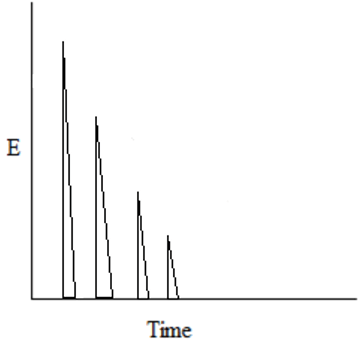
b) 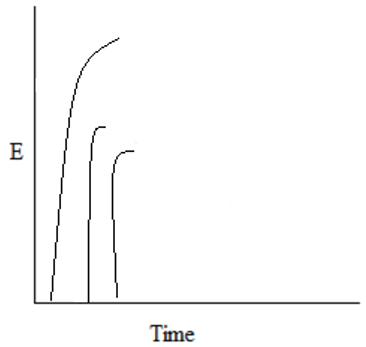
c) 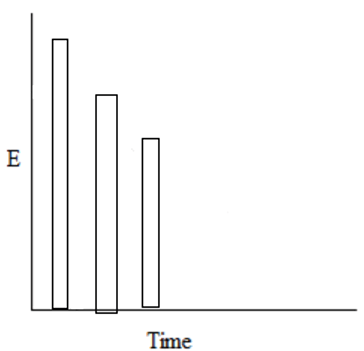
d) 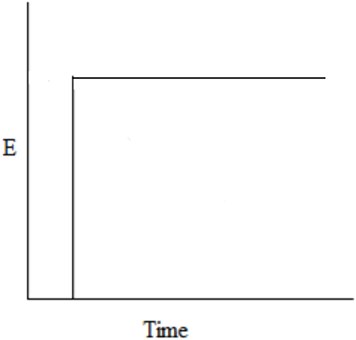
View Answer
Explanation: Each peak represents the exit of molecules. For every batch of inlet, some are obtained at the outlet and the rest is recycled. Hence, the height of the peak decreases with every recycle operation performed.
6. State true or false.
The exit age distribution for the series combination of a PFR followed by a CSTR is same as that for CSTR followed by a PFR.
a) True
b) False
View Answer
Explanation: There is no axial mixing in a PFR. The output of the PFR is delayed no matter it is arranged in front of CSTR or following CSTR.
7. For two PFRs P1 and P2 in parallel, the exit age distribution gives ____
a) A single peak at t = tp1
b) A single peak at t = tp2
c) Two peaks, one at t = tp1 and the other at t = tp2
d) A corner peak
View Answer
Explanation: Two peaks are obtained. One is at tp1 = \(\frac{V_{p1}}{v_1}\) another is at tp2 = \(\frac{V_{p2}}{v_2}. \)
v1 and v2 are the volumetric flowrates in P1 and P2, respectively.
8. The variance of a PFR is ____
a) 1
b) 0
c) ∞
d) -1
View Answer
Explanation: There is no mixing inside a PFR. There is no variation in the concentration in the PFR.
9. The variance of a CSTR is ____
a) 1
b) 0
c) ∞
d) -1
View Answer
Explanation: There is complete mixing inside a CSTR. The reactants are uniformly mixed. Hence, there is a variation in CSTR.
10. The exit age distribution for the parallel arrangement of a PFR followed by a CSTR is ____
a) 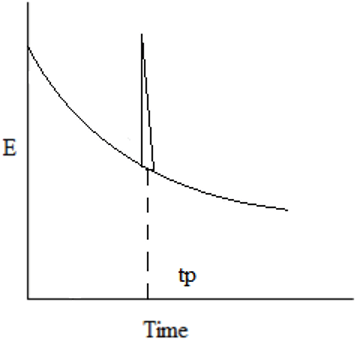
b) 
c) 
d) 
View Answer
Explanation: There is a time lag of tp due to the presence of PFR. The exit age distribution for a CSTR is an exponentially decreasing curve.
Sanfoundry Global Education & Learning Series – Chemical Reaction Engineering.
To practice all areas of Chemical Reaction Engineering, here is complete set of 1000+ Multiple Choice Questions and Answers.
If you find a mistake in question / option / answer, kindly take a screenshot and email to [email protected]
- Practice Biotechnology MCQs
- Check Chemical Reaction Engineering Books
- Practice Chemical Engineering MCQs
- Apply for Biotechnology Internship
- Apply for Chemical Engineering Internship
